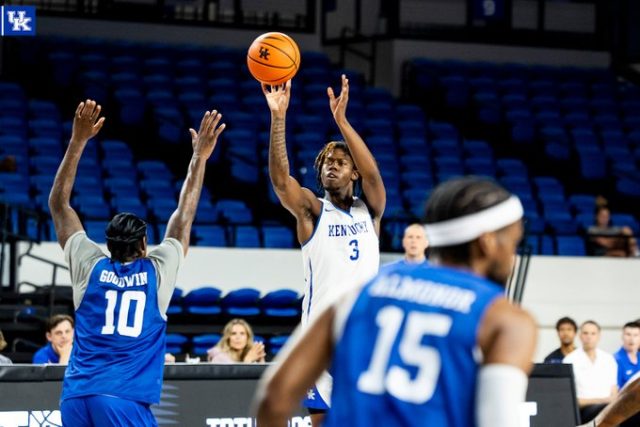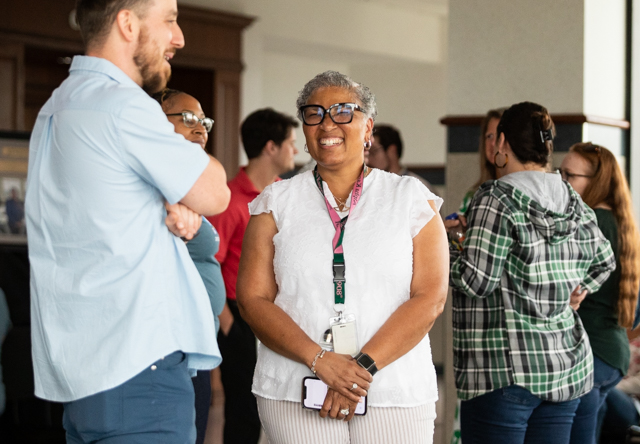Event aims to inform residents about foreign-born populations
Published 8:00 am Friday, June 2, 2017
Bowling Green hopes to diminish the hindering effects that cultural and linguistic differences can have on efforts to help the city’s growing international community.
The city is hosting an event at 6 p.m. Monday that highlights the different communities of foreign-born people that have taken root in Bowling Green. Organizers of Diversity in the Neighborhood want to make it easier for attendees to reach out to those communities.
Trending
Karen Foley, the city’s neighborhood services coordinator, said the event will focus on community outreach and community organization.
“We just want to educate people about the different groups of people who are here and give them the tools to get through the cultural differences they may face,” she said.
By increasing community understanding, Foley hopes to make it easier for people from different backgrounds to help one another, she said.
“It falls in with our mission of making sure our community is good for everyone to live and work and raise a family,” she said.
Leyda Becker, the city’s international communities liaison, will be the sole presenter at the event, which runs until 8 p.m. Monday at Neighborhood and Community Services, 799 E. Main Ave.
The session fulfills requirements for Bowling Green’s Select Neighborhood Action Program grants.
Trending
Becker said differences such as language and cultural barriers often hinder efforts at assisting groups of foreign-born people.
As international communities liaison, Becker frequently hears questions about how to help Bowling Green’s foreign-born communities, she said.
“Part of it is creating greater awareness,” she said, adding that expanding awareness has become more important as the city’s foreign-born population has grown.
The U.S. Census Bureau estimates that 13.9 percent of Bowling Green’s population is foreign-born, surpassing estimates of 8.8 percent in the Lexington-Fayette County area and 6.7 percent in the Louisville-Jefferson County area.
The two main contributors to the growth of Bowling Green’s international community are the International Center of Kentucky, which has brought in roughly 400 refugees a year, and a wave of “secondary migrants” – people from other countries who originally settled elsewhere in the U.S. and relocated to Bowling Green, Becker said.
“They have said that job availability and the economy is a big push,” she said. “Economic opportunities have been a big driving factor.”
Diversity in the Neighborhood is geared toward what Becker called “the receiving community,” people who are already established in Bowling Green.
“Oftentimes people don’t understand the ways people come to settle in Bowling Green so this is a way to teach that,” she said.







